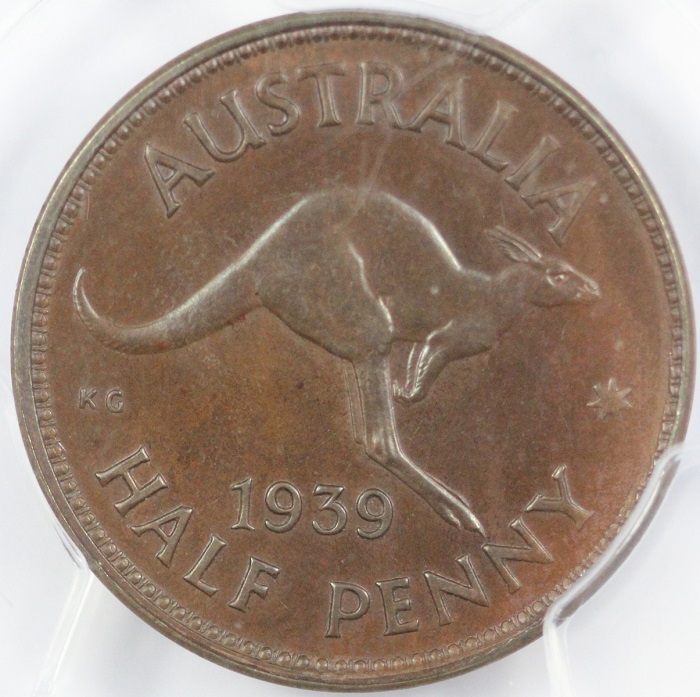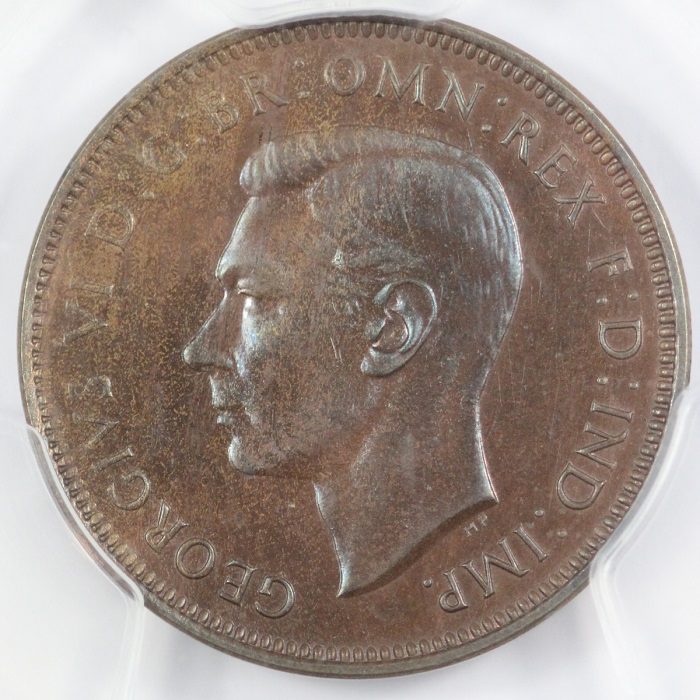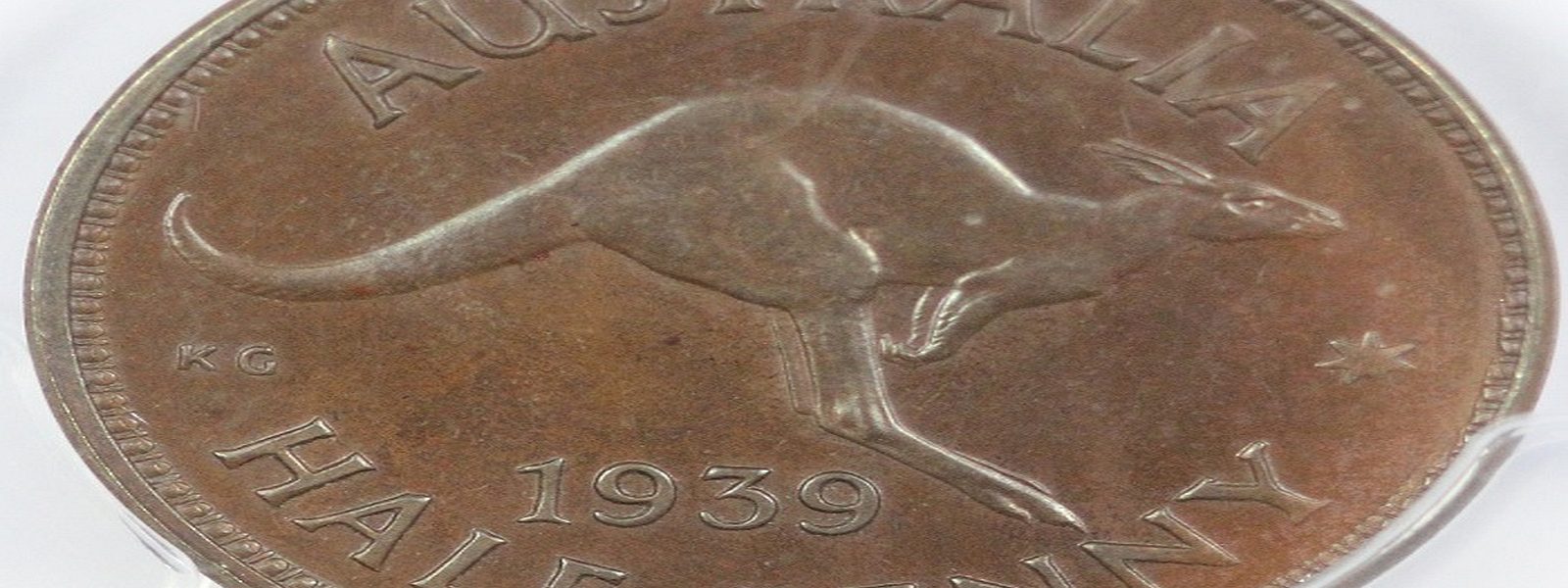The Australian Halfpenny Reverse of Edward VIII?
The Australian Halfpenny Reverse of Edward VIII ?
On the death of King George V in January 1936 his philandering son Edward VIII ascended the throne. To herald the new king the London Mint prepared dies with his portrait for all British denominations but, when Edward chose ‘love’ of the American divorcee Wallis Simpson over ‘duty’ and abdicated the throne these were quickly destroyed. Australia had already been sent both penny and threepence hubs featuring the new monarch, and these too were destroyed as was confirmed by letter on December 19, 1936 ensuring that no Australian coins were struck with an Edward VIII obverse.
In 1937 Australia’s only circulation coin was a new Crown (5/-) denomination to celebrate the Coronation of Edward’s brother George VI. However, trials were struck of new reverses for the Penny, Threepence, Shilling and Florin. No 1937 Halfpenny or Sixpence reverse patterns are thought to exist and, coincidentally, when the first circulating coins of George VI were introduced in February 1938 these two denominations kept the old reverses. It would appear, that at least initially, there were no design changes contemplated for either the Sixpence or the Halfpenny, and it was probably the intention to keep one of each of the first reverse design types to pay homage to the earlier coinage. In fact, the Sixpence continued with the 'Coat of Arms' reverse until the last coins of this denomination were struck in 1963 but, there was an obvious change of plan with the Halfpenny reverse sometime in 1939.
The 1939 Halfpenny started out with the long standing • COMMONWEALTH OF AUSTRALIA • reverse introduced in 1911 but, at some point, during the year's production a new design was adopted featuring a scaled down version of the new kangaroo reverse that had been adopted on the pennies a year earlier. However, on the halfpennies the kangaroo was reversed to face right whereas on the pennies it faced left. The positioning of the designer's initials, 'K. G,’ was also moved to below the tail from its position above the tail on the pennies.
There were two distinct versions of the new 'Roo' reverse used on the halfpennies. The first is described in the ‘Benchmark Catalogue’ as the unaltered London reverse (Type B) which is exceedingly rare and is characterised by very detailed fur lines on the paws of the kangaroo and on the underside of the tail and the ear, as well as a series of prominent rib lines found at the juncture of the leg and torso. However, these features may only be visible on early strikes and so the easiest diagnostic feature for this variety is the ‘double foot’ on the 'Y' of 'HALFPENNY' in the legend.
The much more common reverse (Type Bm) reflected alterations undertaken by the Melbourne Mint when preparing the dies for circulation strikes and is generally less detailed. This variety is readily identified by the foot of the 'Y' of 'HALFPENNY' which is truncated on the right-hand side and is best described as having a ‘single foot.’
The Melbourne Mint was certainly enamoured with its altered ‘single-foot’ Kangaroo reverse as it struck a hundred of the ‘Type Bm’ proofs for institutional collections and for sale to the general public. Only one ‘Type B’ proof featuring the ‘double-foot’ has surfaced suggesting it was probably struck at the Royal Mint, London. It would be interesting to research when the ‘Roo’ reverse die for the halfpenny was first engineered by the Royal Mint as if the work coincided with that on its big brother the Penny it could be certainly be argued was the original ‘Type B’ reverse was destined to be used on the first Australian halfpennies of Edward VIII. However as neither the 1937 Pattern & Model pennies which progressed to the 1938 circulation Penny of George VI have ‘feet’ on the base of the ‘Y’ of ‘PENNY,’ it is more likely that it was a progressive design change that occurred in either 1938 or 1939.



